Starbucks' strong performance in China in fiscal year 2021, what happens to the coffee giant?
On January 27th Starbucks, a coffee chain, announced its results for the first quarter of fiscal 2021.
In this financial report, Starbucks' Chinese market showed positive growth for the first time since the outbreak, which attracted everyone's attention.
Starbucks reported net revenue of $6.75 billion in the first quarter of fiscal 2021 in the first quarter of 2021, according to the financial report. Starbucks' same-store sales in the United States fell 5% this quarter, while Starbucks' second-largest market, the Chinese market, grew by 5%. Starbucks China's revenue was $911.1 million (about 5.896 billion yuan).
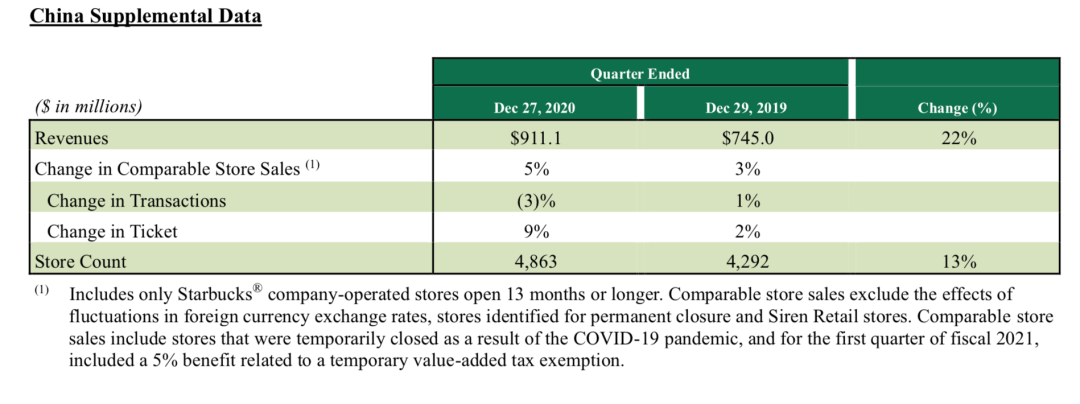
It should be noted that in 2020, Starbucks closed a large number of stores around the world and announced the suspension of restaurant service many times, as well as a number of stores. On January 23, Starbucks China announced that it would close all stores in Wuhan. On January 28, Starbucks issued a statement that Starbucks decided to temporarily close 2000 stores in China. As a result of the epidemic, half of Chinese mainland stores are unable to provide restaurant service. "third Space" is one of the most important scene areas for Starbucks, which has a great impact on Starbucks, which has always emphasized the concept of "third Space". However, although Starbucks has not stopped its store expansion because of the epidemic, although it has been hit by repeated public health incidents, of course, after the outbreak, Starbucks' business in China has recovered relatively fast. in early August 2020, Starbucks announced that only 1% of its stores in China had not reopened yet, and in December of the same year, Starbucks said that Starbucks China business had fully recovered at the end of the quarter.
On July 28 last year, Starbucks, the world's largest coffee chain, still opened 130 new stores in its third fiscal quarter. On October 30 of the same year, Starbucks showed a net increase of 480 new stores in the fourth quarter, of which 259 were new stores in China.
As of December 27, 2020, Starbucks had 32938 stores, including 15340 in the US and 4863 in China. These two coffee markets are Starbucks' two largest markets, accounting for 61 per cent of the company's global stores.
According to the financial report, in the first quarter of this year, Starbucks net opened 278 stores, an increase of 4% over the same period last year. Starbucks China opened 157 new stores and settled in 15 new cities. Kevin Johnson, chief executive of Starbucks, said: "this is equivalent to a 13 per cent increase in net new stores in the past 12 months, which is particularly impressive given that we have not opened new stores in the months after the outbreak in China."
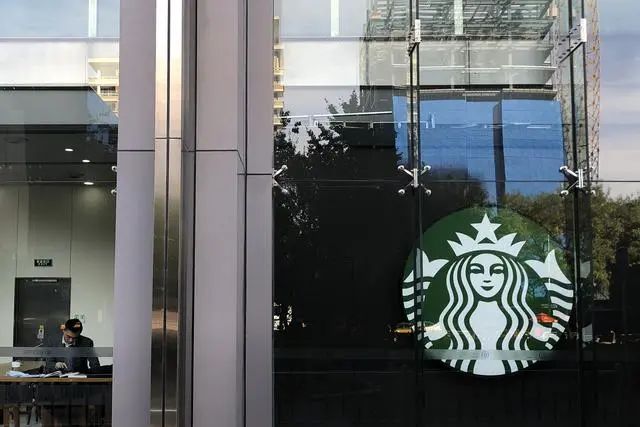
In the past 2020, Starbucks has stepped up its efforts to locate the Chinese market.
On November 16, 2020, Starbucks announced that it would continue to invest in the Starbucks China Coffee Innovation Industry Park project. Starbucks' total investment in Asia's first large-scale baking plant project has increased from 900 million yuan to nearly 1.1 billion yuan ($156 million). Another breakthrough after Starbucks announced the launch of the largest productive strategic investment outside the United States.
With regard to a series of investment plans in the Chinese market, Starbucks previously said: "in the post-epidemic era, the rapid recovery of China's economy has provided a solid foundation for Starbucks to continue to increase its size in the Chinese market and climb the heights of innovation."
In addition, the previous piece "has not been quite clear about the occupation of the group of people sitting in Starbucks with laptops. Today, a friend told me the answer, he said. It was Starbucks atmosphere group" hot search strengthened Starbucks brand "third space", "Starbucks atmosphere group" quickly became a hot topic among netizens. The influence of the hot spots in the marketing campaign increased the promotion of Starbucks' proud "third Space", which coincided with the full recovery of Starbucks' business in China and had a substantial impact on Starbucks'"third Space" recovery.
And since Starbucks is its proud capital, Starbucks will naturally work harder on it. For example, it has launched a number of new stores with distinctive features. In May last year, Starbucks launched its first Xiguan compound store in Guangzhou. In September last year, Starbucks first tried creative areas that Starbucks had not tried before, launching a container concept store in Shanghai.

In addition to speeding up the number of stores opened, Starbucks is also undergoing a digital transformation. just before the outbreak of the epidemic in 2020, Starbucks improved its previous "dedicated star delivery" delivery service and "Kaikai" mobile phone ordering service to launch the "contactless Starbucks experience". At the same time, the service has been launched in Shanghai, Zhejiang, Jiangsu and other regions to encourage customers to order online. Starbucks China digital business showed that overall revenue accounted for more than 26% in the fourth quarter of fiscal 2020, while special star delivery and brown express services accounted for 30% of total sales in the first quarter of this year. Starbucks Club active members also exceeded 15 million, an increase of 14% over the previous quarter and 51% over the same period last year.
On May 21, 2019, Starbucks launched a new "online click, go to store" feature called "Coffee Express Starbucks Now" in China, but in just one year, Starbucks has opened a total of 40 Coffee Express stores in nine cities.
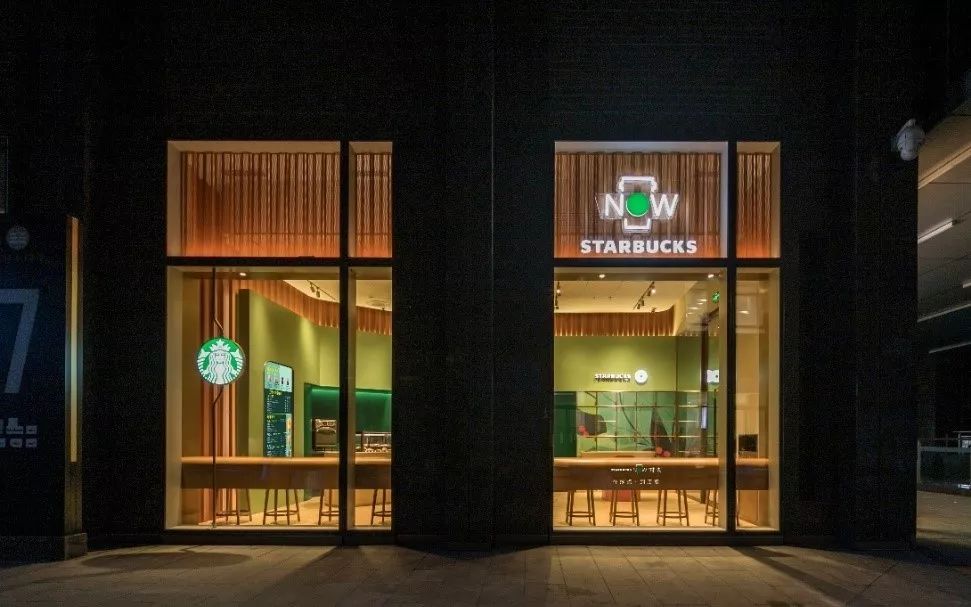
Starbucks' first concept store of "Ka Kui"
It is worth noting that compared with the social and spatial experience, Kaikui is very different from traditional stores and selected stores. Starbucks tries to solve the problem of large-scale customer demand with smaller stores and lower rents, and it can also make it easier for more consumers to buy Starbucks products during the peak period of passenger flow. In addition, the "Kaikuai" concept store is more "efficient". At present, 99% of Starbucks China stores can use the "Ka Kui" service to pay online, and 85% of the stores offer "special star delivery" delivery service. Mobile orders account for 30% of Starbucks' sales in China (14% from delivery and 16% from Cafe). According to the snack generation, 24 new Starbucks stores opened this quarter. Together with the Coffee Express stores opened in nine other cities, there are now 40 Coffee Express stores.
For the second quarter of this year, Starbucks has high hopes for the Chinese market. Starbucks predicts that the recovery in the Chinese market will be more obvious. Same-store sales in the United States will grow by 5% to 10% in the second fiscal quarter, and same-store sales in China are expected to nearly double. In the longer term, in fiscal year 2021, Starbucks expects full-year revenue to reach US $28 billion-29 billion and global same-store sales to grow by 18% to 23%. Starbucks will also step up efforts to open stores, Starbucks said: by the end of fiscal year 2022, the goal is to enter 230 cities and open 6000 stores in China, and the number of Starbucks stores worldwide is expected to reach about 55000 by 2030.
So, in the following days, it is still unknown whether Starbucks can achieve its promised goals on schedule. "can or not" depends on the later market development of Starbucks!
* Image source: Internet
Important Notice :
前街咖啡 FrontStreet Coffee has moved to new addredd:
FrontStreet Coffee Address: 315,Donghua East Road,GuangZhou
Tel:020 38364473
- Prev
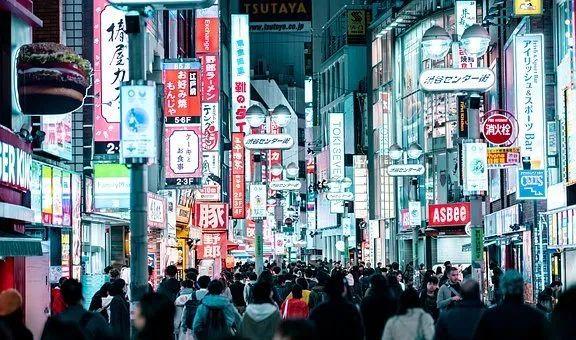
Is the first coffee shop in Japan related to Zheng Chenggong's family? Japan invents ear-hanging coffee and coffee culture
Cafe culture originated from the West, each country has a different coffee culture and amorous feelings, it is this cultural inclusiveness, resulting in a different coffee culture. In the Asian region, after years of precipitation and integration of Japanese coffee culture, coffee has been integrated into the lives of local people, and the coffee shop culture of Japanese craftsman spirit has deeply infected the whole world. To everyone's surprise, Japan
- Next
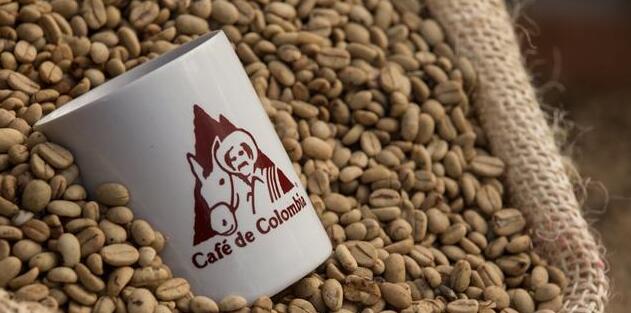
Colombia's coffee exports will be affected by the epidemic in 2020! Colombia is optimistic about the domestic coffee market
Because of the impact of the epidemic, the travel of people all over the world has been restricted, and countries have implemented traffic control regulations one after another, which has affected the exports of many coffee-producing countries to varying degrees, and disrupted many coffee supply chains around the world. the production, transportation and retail of coffee are greatly affected. Colombia, the fourth largest economy in Latin America, has at least 540000 countries.
Related
- Brazilian coffee yellow bourbon brewed flavor characteristics and origin share! What grade is red bourbon coffee?
- How to judge the roasting degree/concentration/filtration method of coffee beans from the color of coffee soup? What is the difference between dark and light roast coffee?
- Why are the coffee in some coffee shops not enough after being frozen? What should I make up for my American latte cappuccino coffee after being frozen?
- How much water does it take to steam coffee by hand? Why is the coffee brewing and steaming time 30 seconds? What is the purpose of steaming coffee?
- The suspected drink contains too much caffeine! Overlord Tea Lady responds urgently!
- Starbucks rejects antique paper coupons?! Netizen: Missed marketing opportunities!
- What ratio of water temperature and ground does the smart cup method use to press coffee? The difference between brewed coffee and filtered coffee?
- What is the standard process for the purpose of coffee cup testing? What is the difference between hand-brewed coffee and cup testing?
- How to use hand-brewed coffee paragon small golden balls? How does cold coffee lock in the aroma of coffee?
- Is American coffee black? What is the difference between American coffee and drip coffee?

